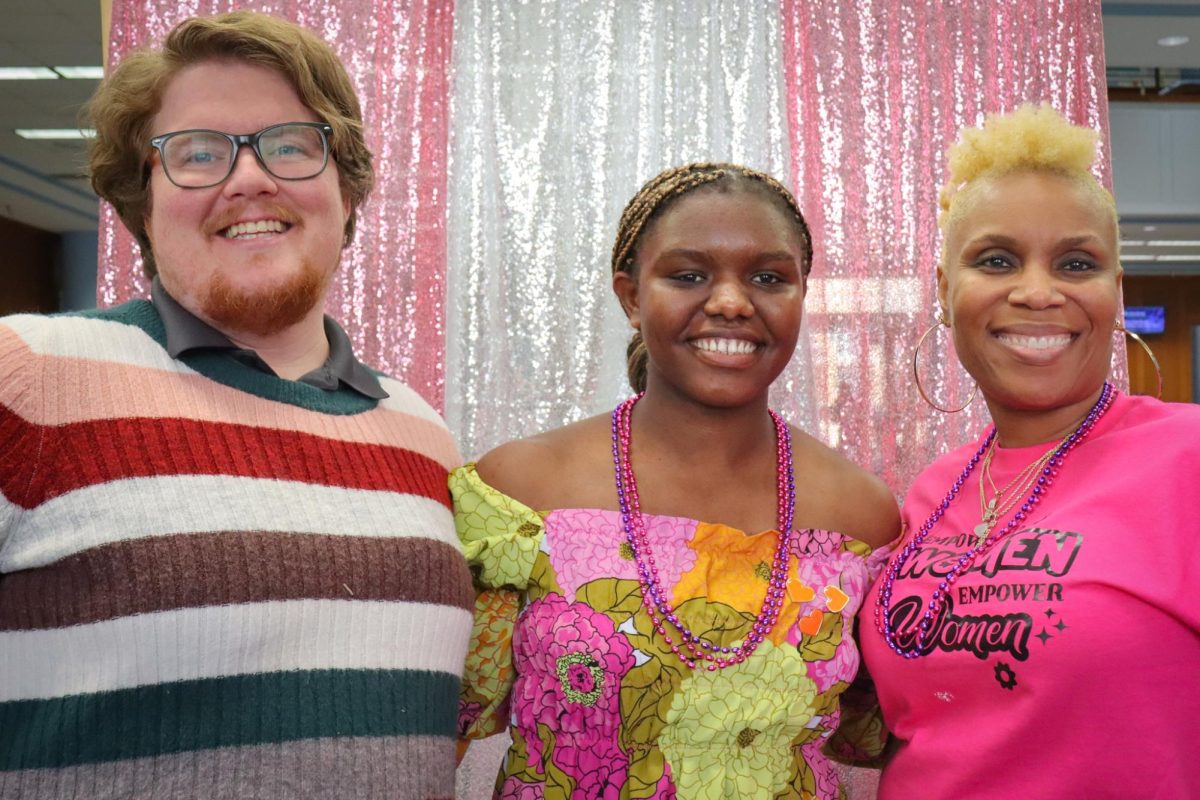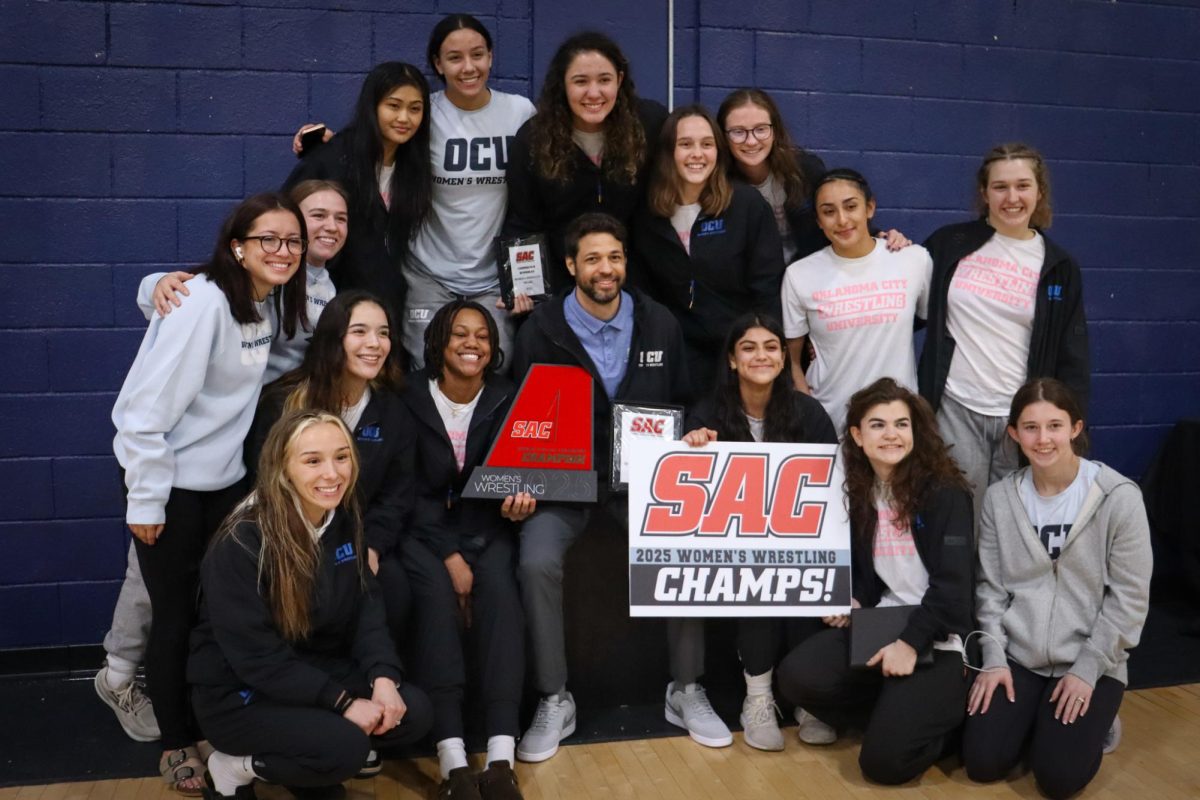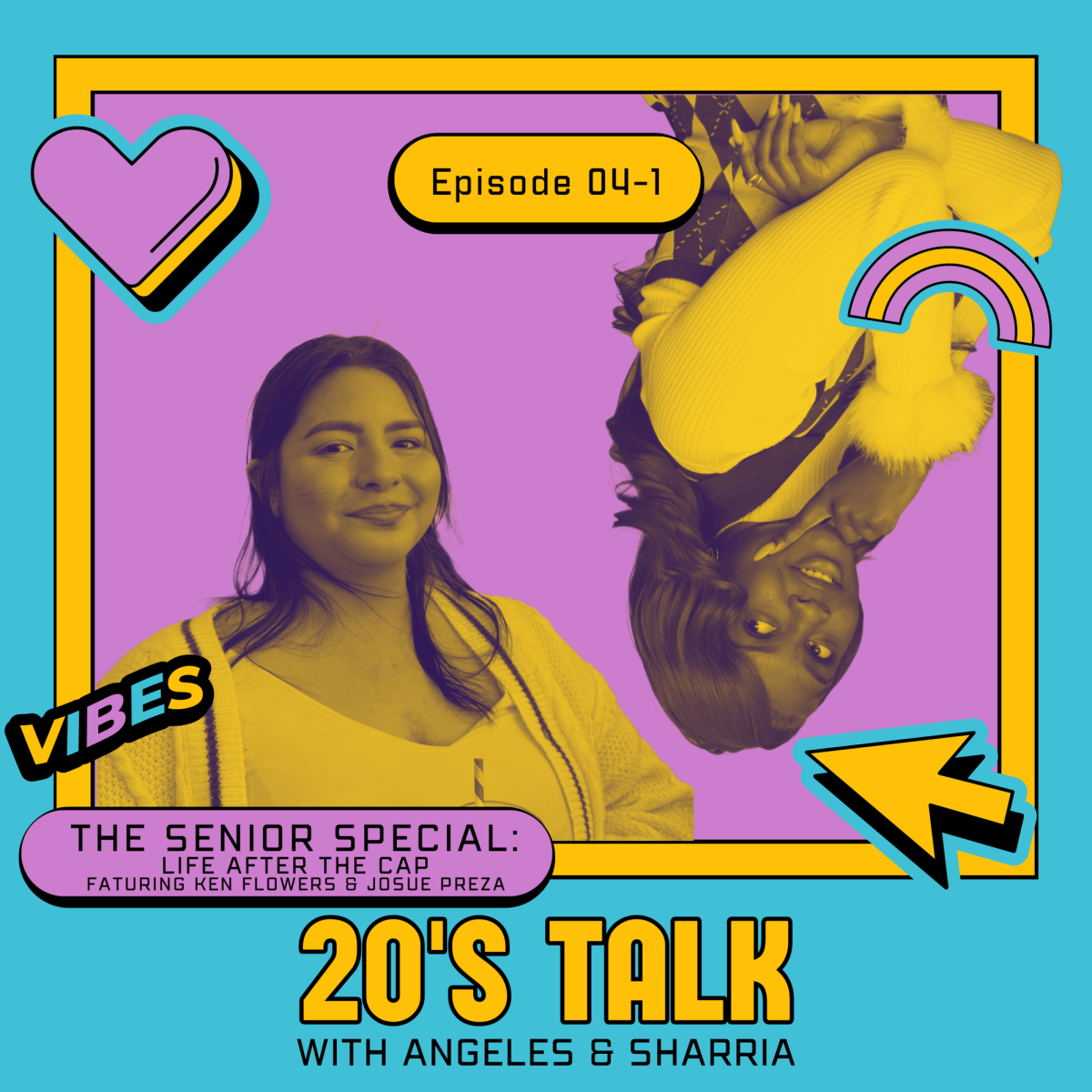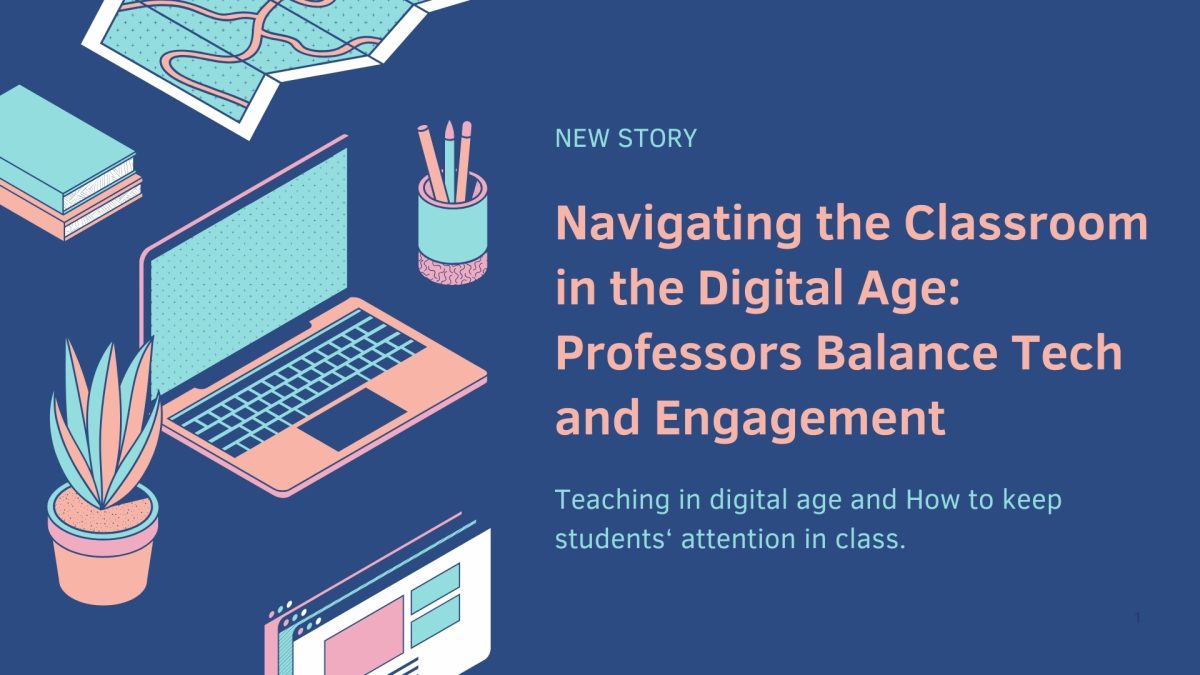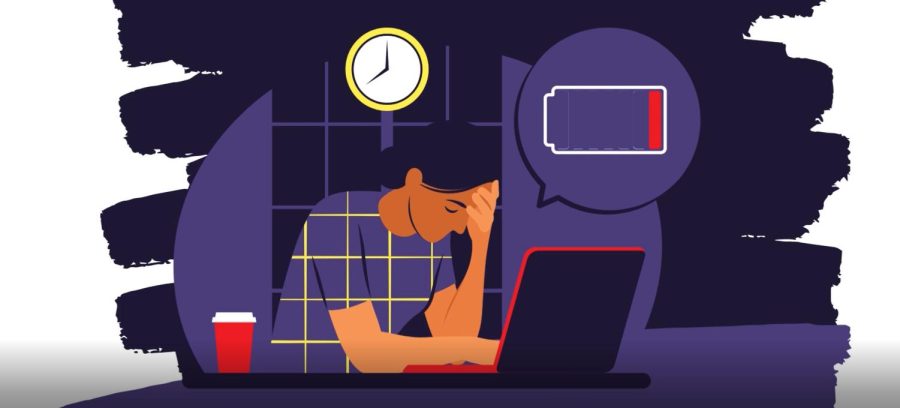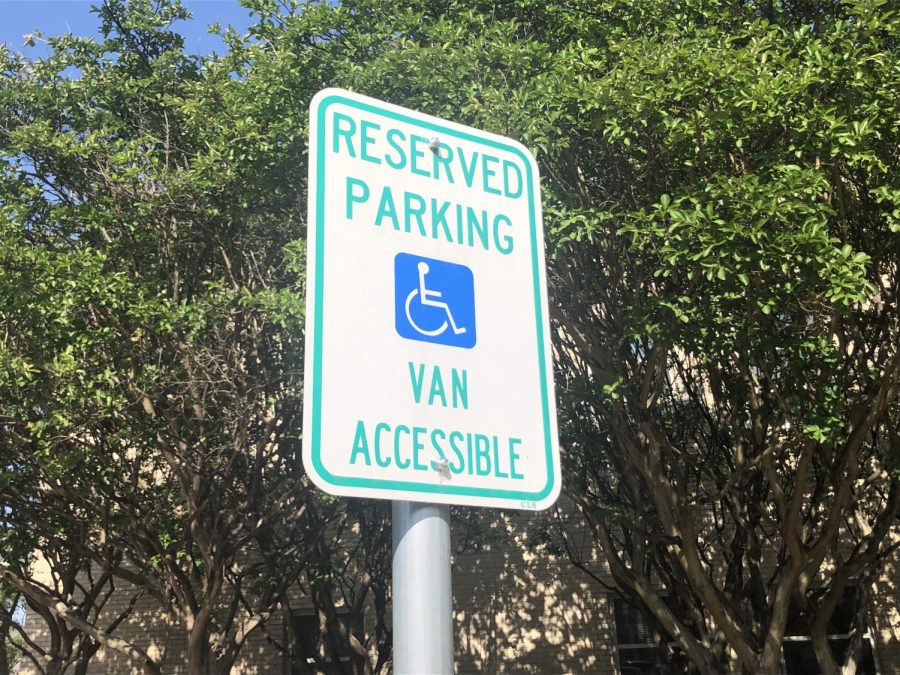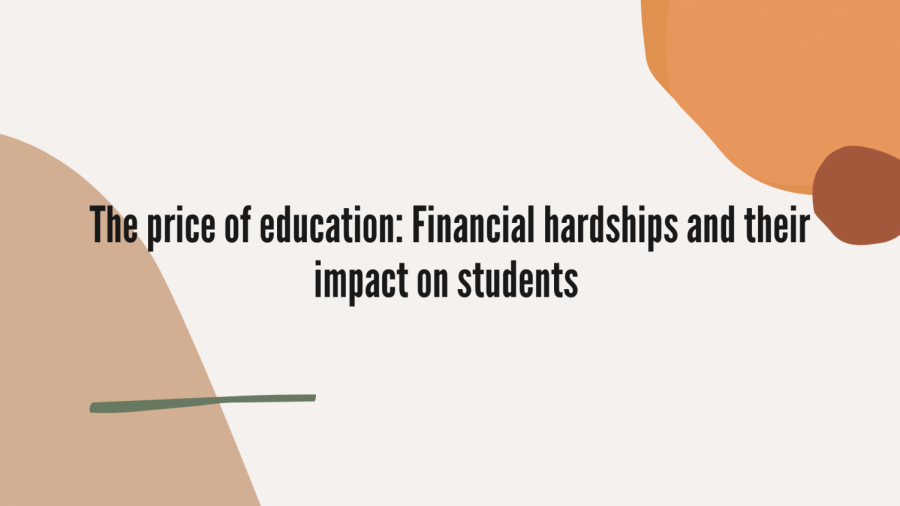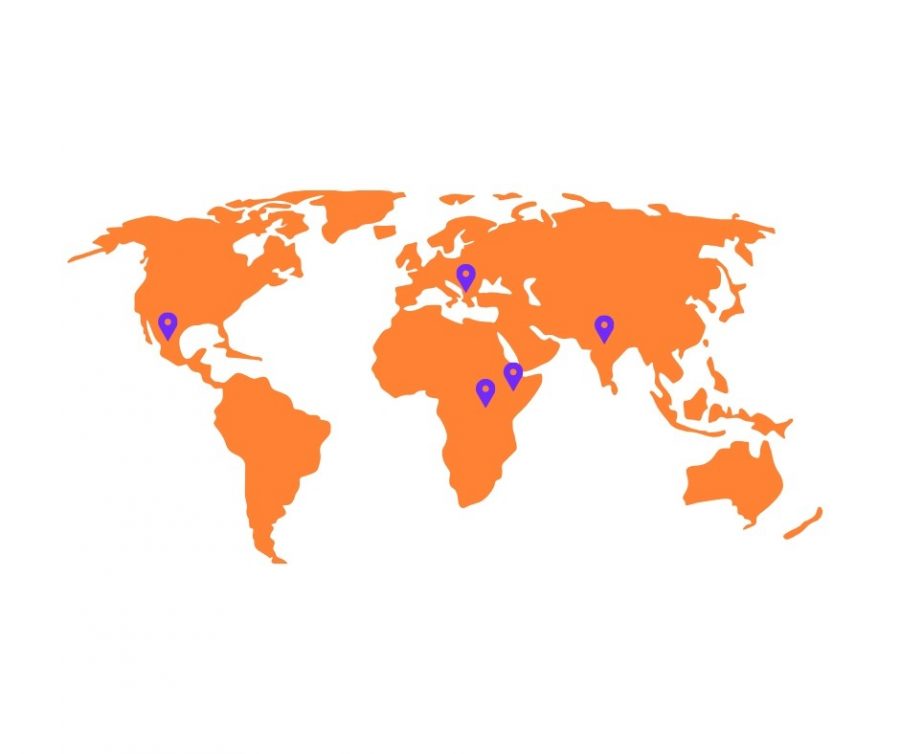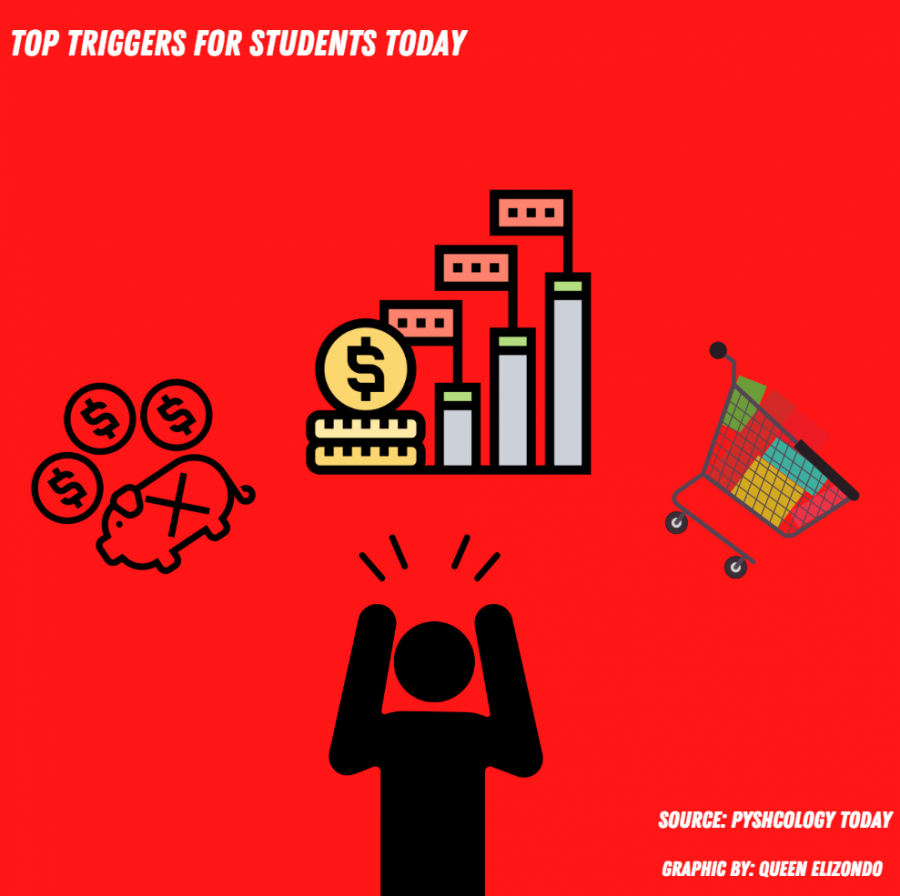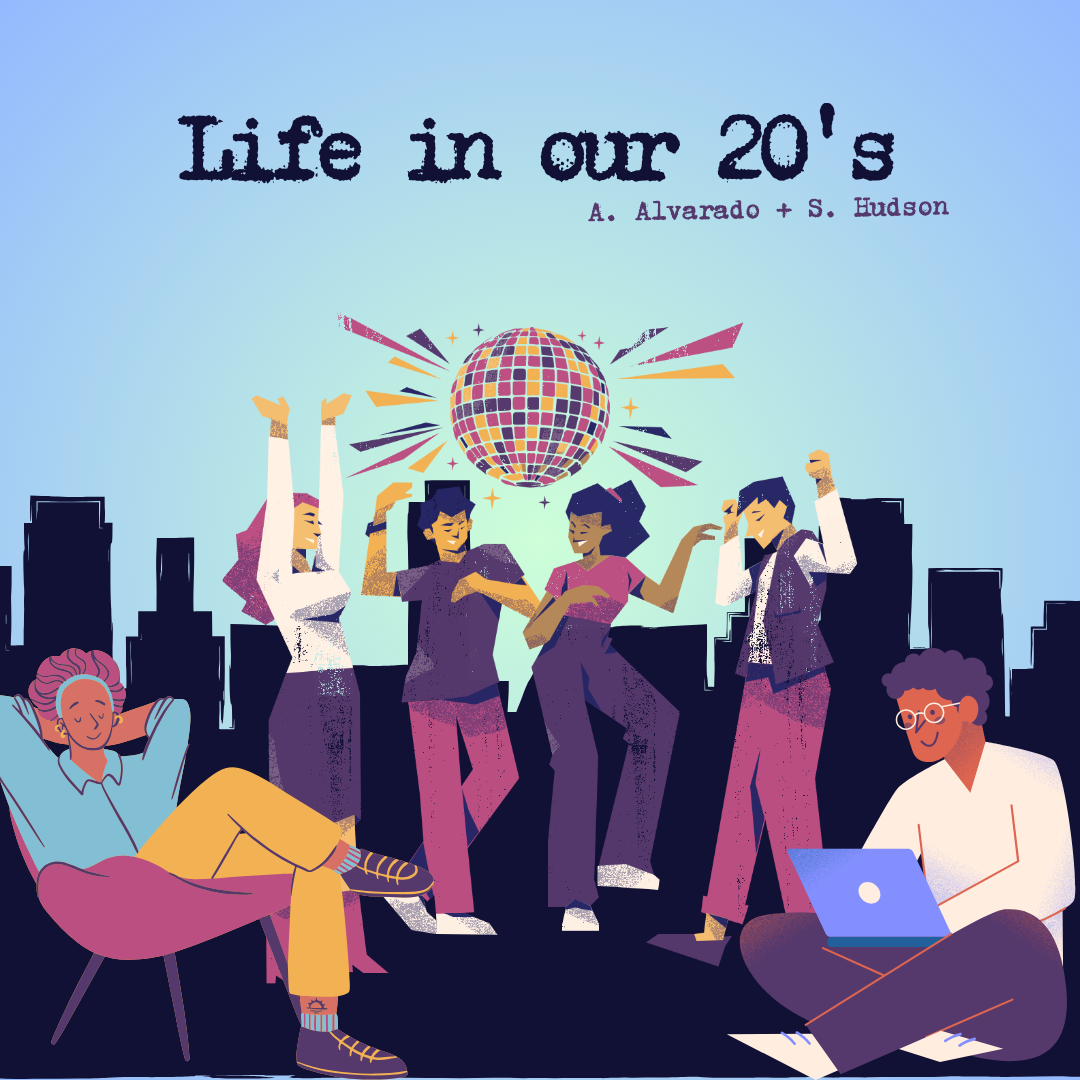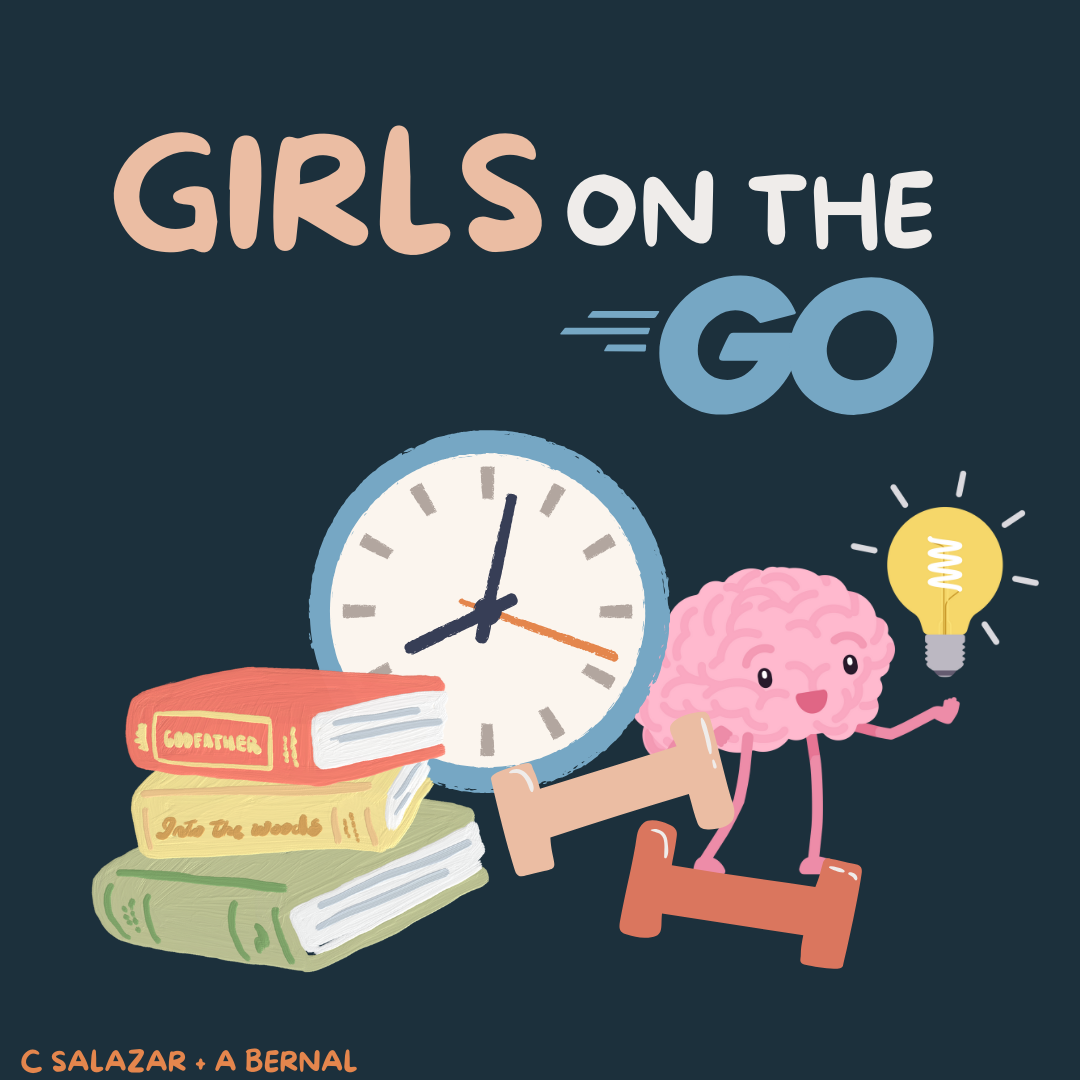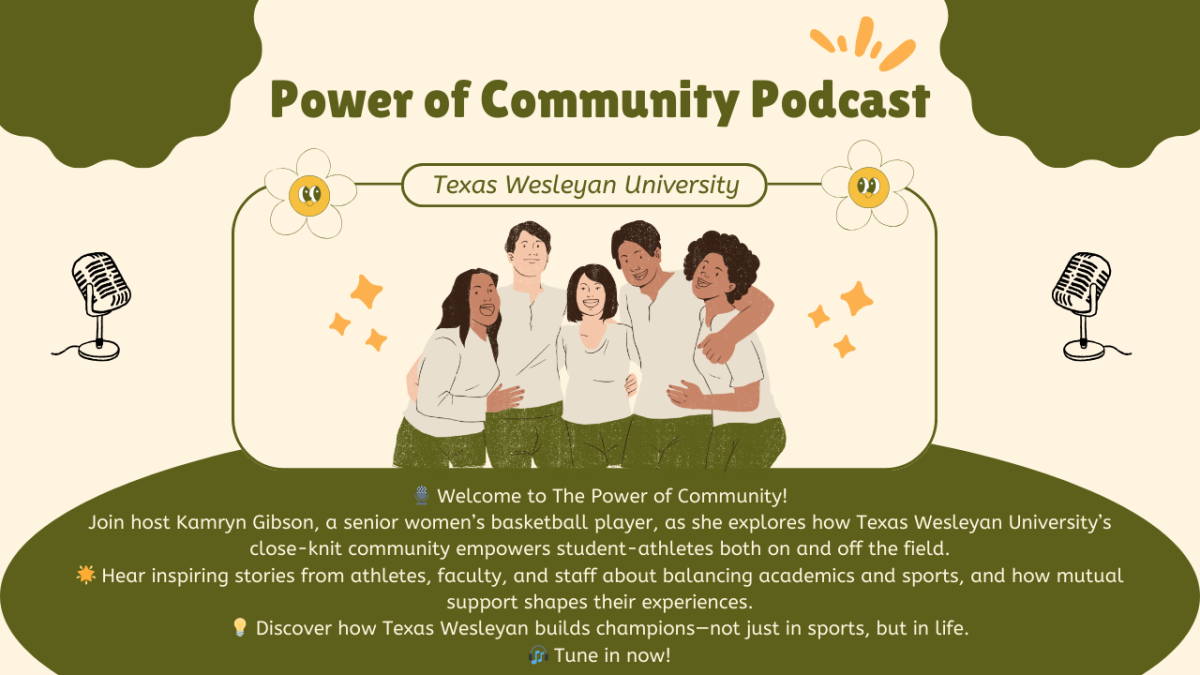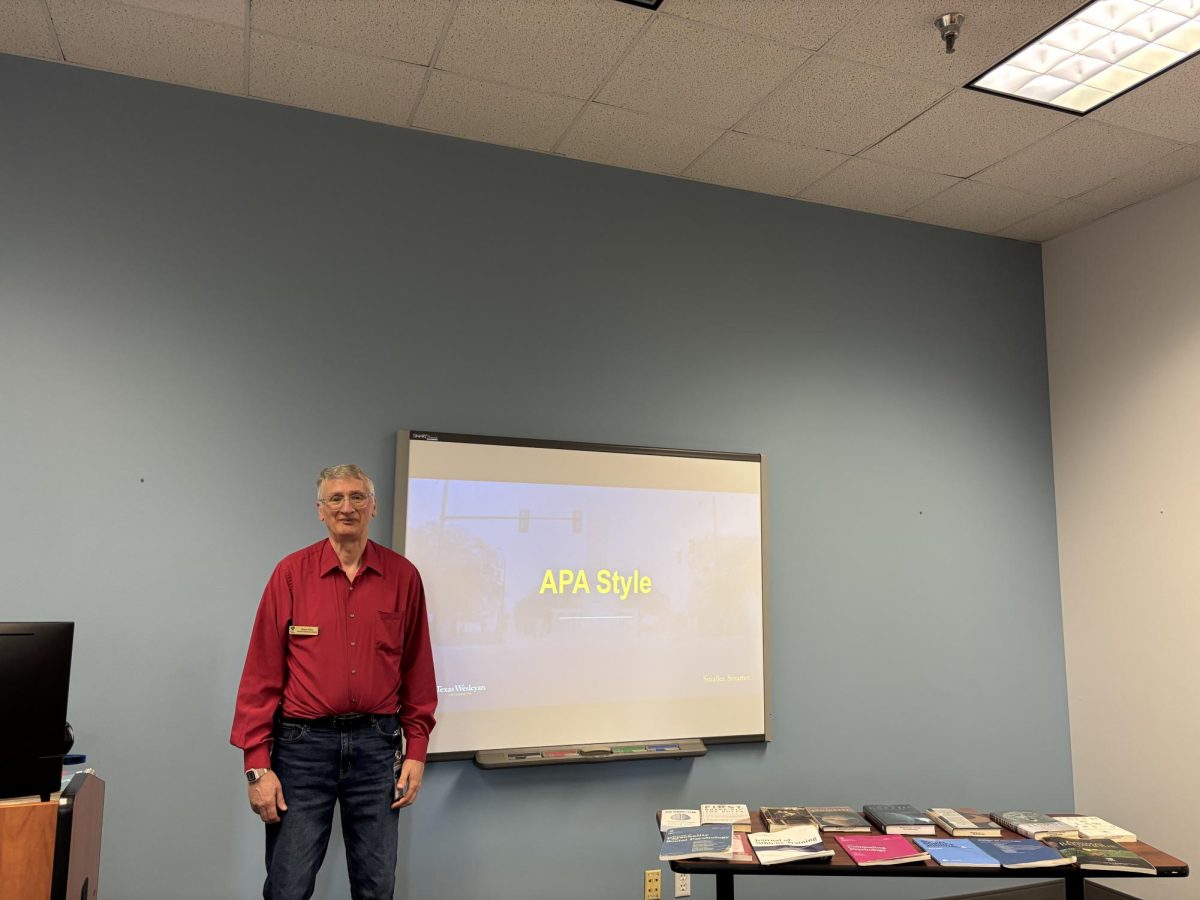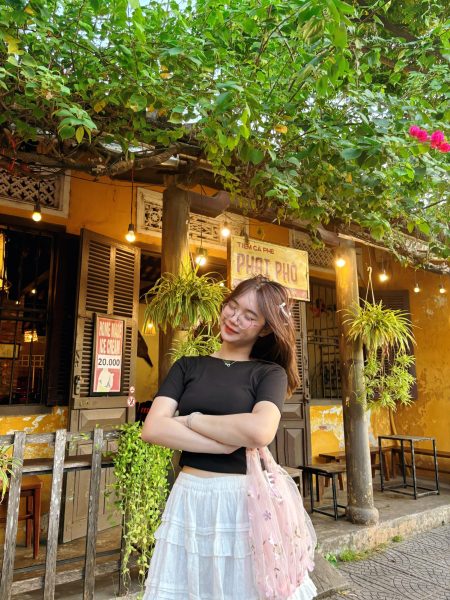Texas Wesleyan University students gathered at West Library on Tuesday for an in-depth APA Style workshop aimed at demystifying one of the most widely used citation formats in academia.
Led by Dennis Miles, the library’s reference and instruction librarian, the workshop provided students with practical instruction on core APA Style elements, including in-text citations, reference entries, and overall citation structure.
“We covered the basics of APA Style,” Miles said. “It’s impossible to address every detail in this time frame, but students were able to create their own citations, which I think made the process feel more approachable.”
The session introduced attendees to APA’s structured approach to citation, with emphasis on the four primary elements required for a complete reference: author, date, title, and source. Miles discussed APA’s two main source categories: works that stand alone, such as books, and works that are part of a greater whole, such as journal articles within periodicals.
“Understanding the order of these elements is key for a strong foundation in APA Style,” Miles said. “It’s essential for accuracy.”
The hands-on portion of the workshop allowed students to practice formatting sample citations. Using a step-by-step process, attendees learned how to create citations for different source types and received guidance on managing complex elements like the Digital Object Identifier (DOI) and journal volume and issue numbers.
“DOIs provide a permanent link to digital sources, so they’re prioritized in APA citations whenever available,” Miles said, adding that URLs are used only when a DOI is unavailable.
Miles also introduced students to APA Academic Writer, an online tool that offers citation prompts and formatting templates.
“Academic Writer guides you through the citation process and alerts you if anything is missing,” he said. “It’s a valuable resource for students who want to ensure accuracy.”
He also recommended Purdue University’s Online Writing Lab (OWL) for additional citation examples and tutorials.
“The Purdue OWL is a fantastic resource,” Miles said. ”It offers clear examples and tutorials that can help students understand and apply citation rules for a variety of sources.”
Julie Smith, an international admission coordinator at Texas Wesleyan, who also attended the workshop, said the session helped clear up common challenges with APA Style, such as managing various source types and knowing what’s optional.
“The order of information and understanding which elements are required used to be confusing,” she said. “Today, I learned that including an abstract is optional, but it can be helpful for reference. It’s great to have that clarity.”
Smith said she appreciated the workshop’s practical approach, especially the opportunity to create citations firsthand.
“By the end, we were asked to pick a book and a journal and create a citation for each. It was super helpful and made everything feel much more concrete,” she said, adding that the session increased her confidence with APA Style. “Now I feel prepared to cite correctly in future assignments.”
Reflecting on the session, Miles hoped students would carry their new knowledge into future coursework.
“If they remember the basics and use resources like Academic Writer, they’ll be well-prepared,” he said.
He recommended that students who frequently write academic papers consider purchasing the official APA manual as a long-term reference.
“For students who are doing a lot of academic writing, having the APA manual on hand can be invaluable,” Miles said. ”It’s a comprehensive resource that covers everything you might encounter with citations and beyond.”
Smith expressed enthusiasm for the workshop and said she would recommend it to her classmates.
“If I’d known about it earlier, I would have told more people,” she said. “It’s an incredibly useful session, and I’d encourage anyone who struggles with citations to attend.”
The APA Style Workshop is part of a fall series of instructional workshops at West Library, developed in response to student feedback. Miles encouraged students to make the most of these resources.
“We’re here to support students and faculty alike,” he said. “The more students use these tools, the more successful they’ll be in their academic work.”


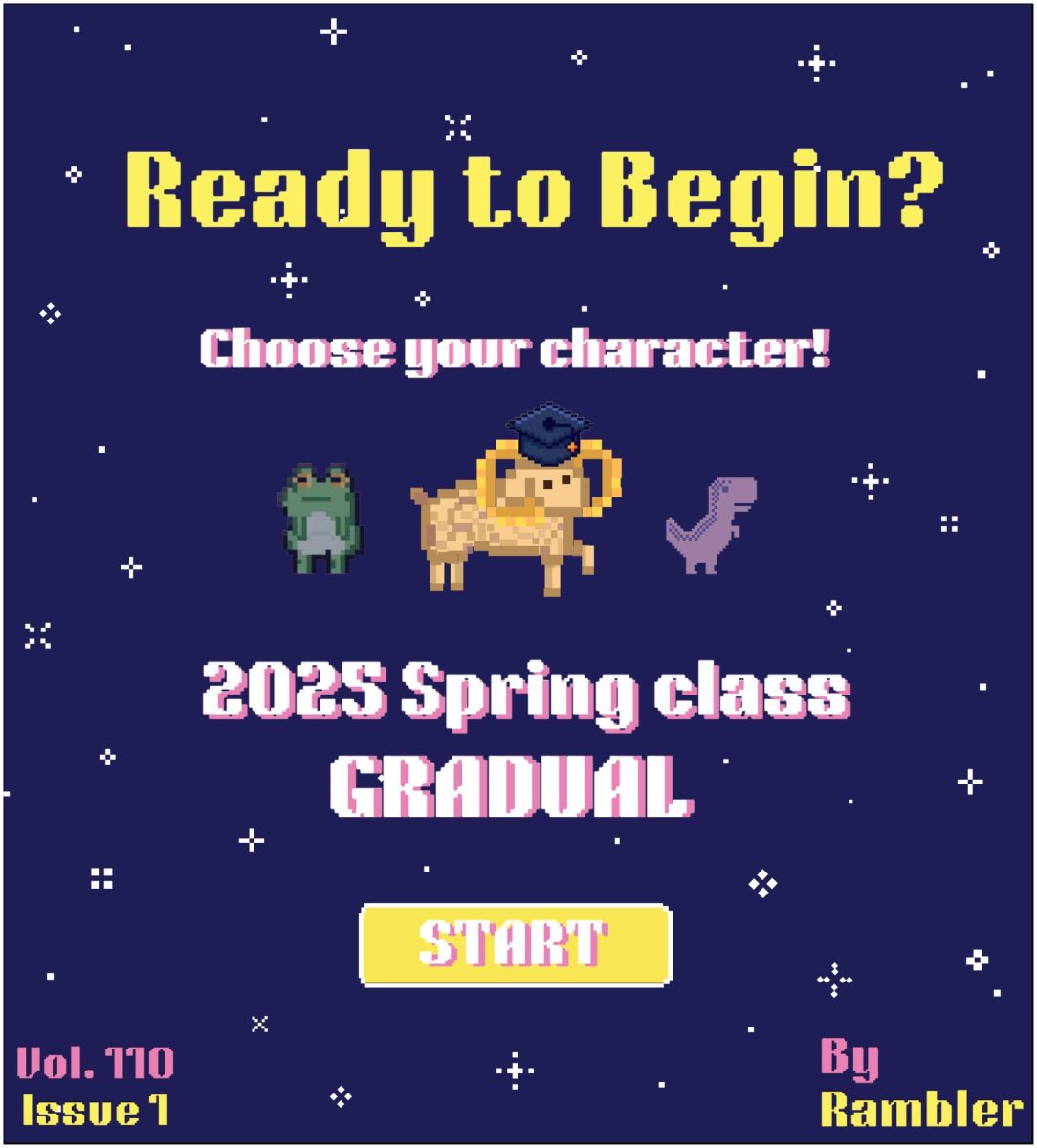
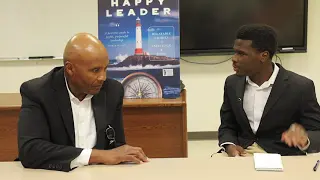
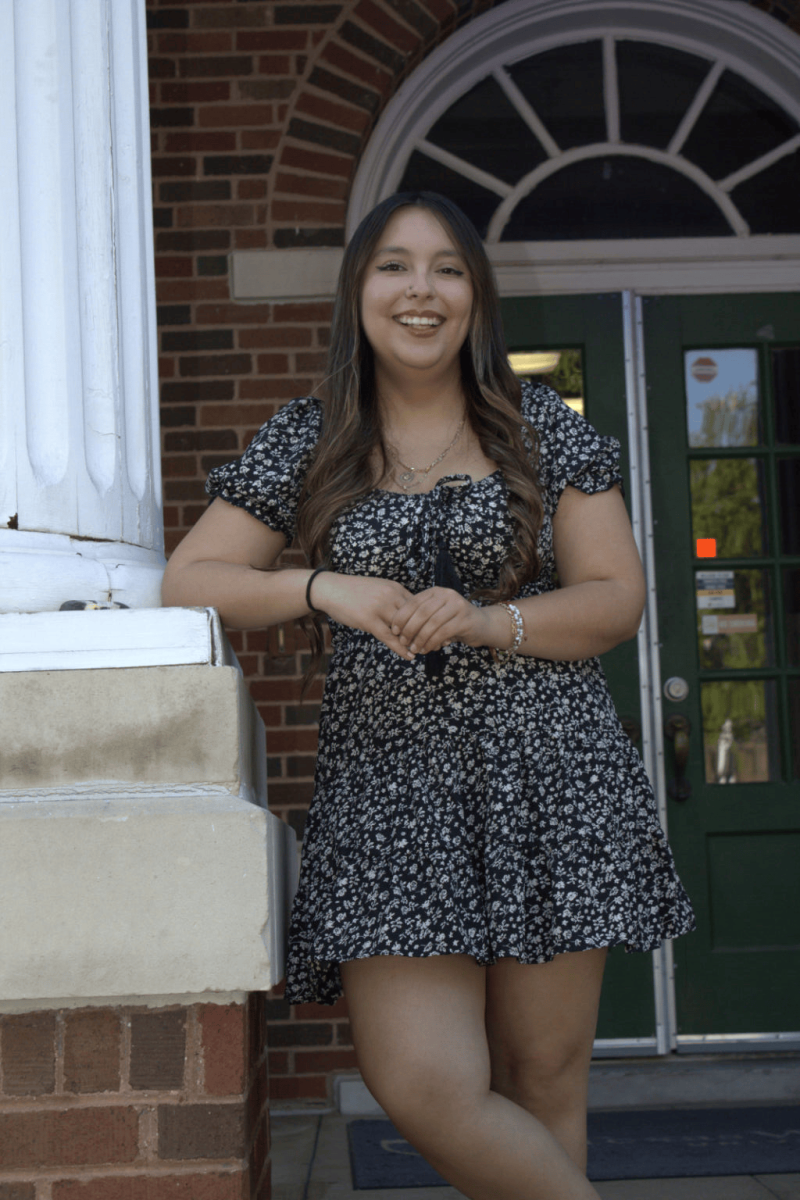
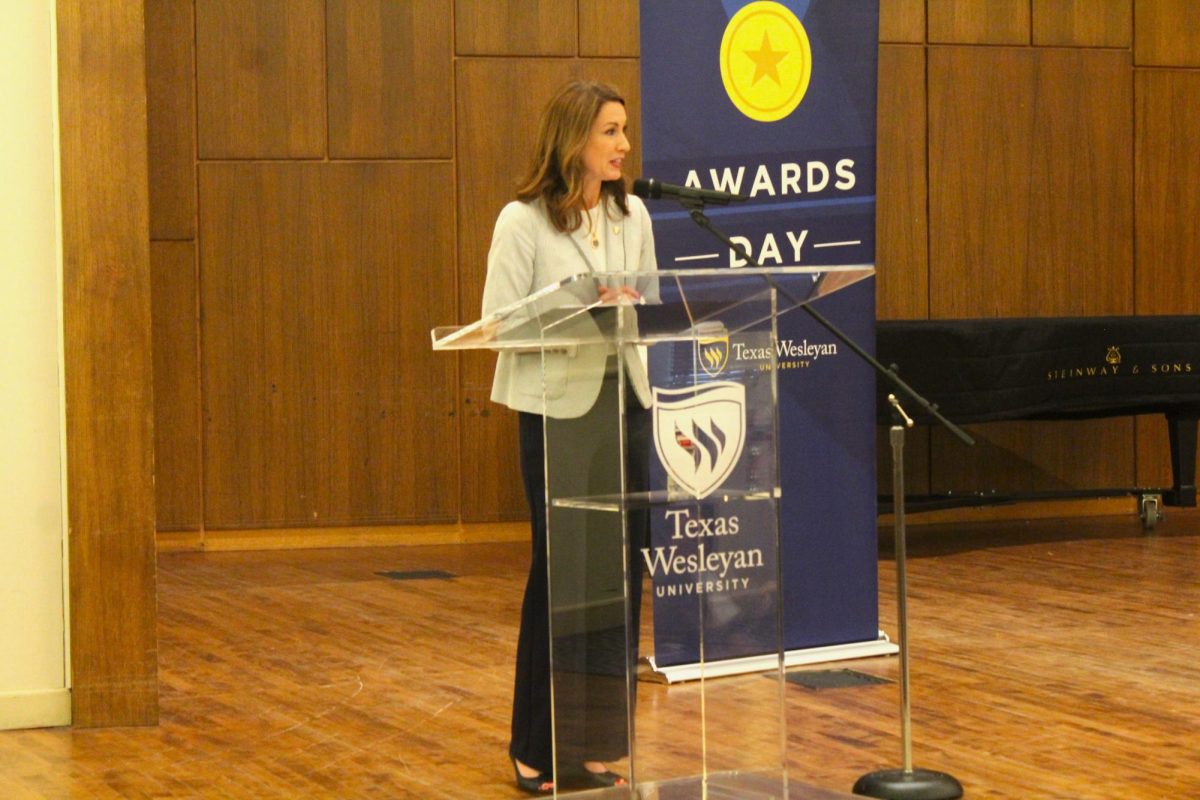
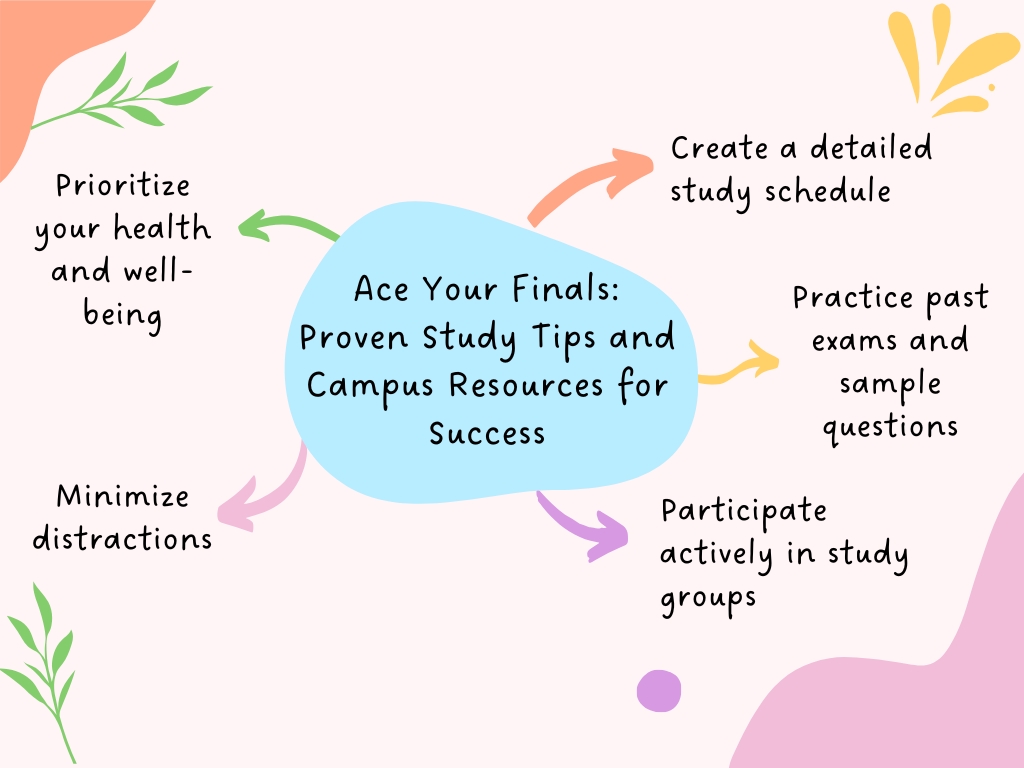

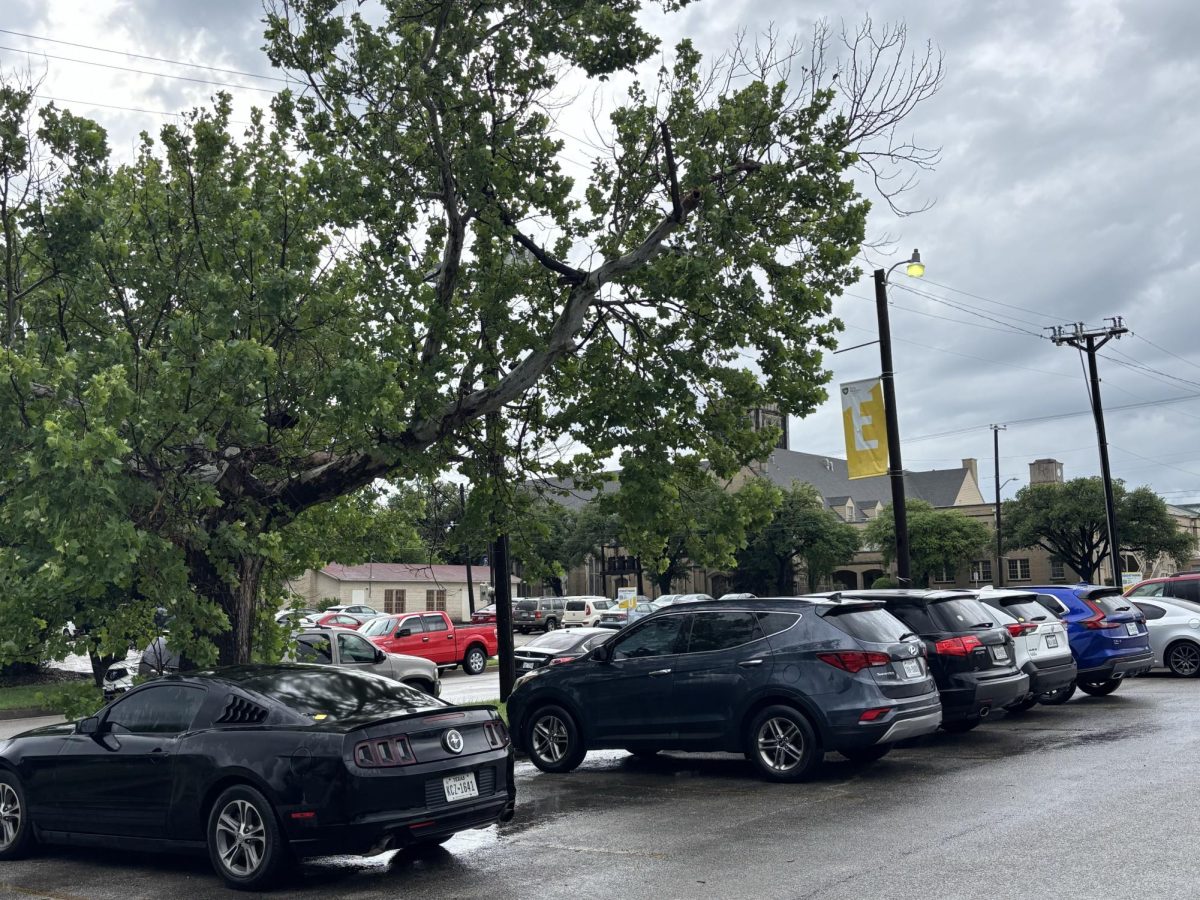
![Pippin, played by Hunter Heart, leads a musical number in the second act of the musical. [Photo courtesy Kris Ikejiri]](https://therambler.org/wp-content/uploads/2025/04/Pippin-Review-1200x800.jpg)
![Harriet and Warren, played by Trinity Chenault and Trent Cole, embrace in a hug [Photo courtesy Lauren Hunt]](https://therambler.org/wp-content/uploads/2025/02/lettersfromthelibrary_01-1200x800.jpg)
![Samantha Barragan celebrates following victory in a bout. [Photo courtesy Tu Pha]](https://therambler.org/wp-content/uploads/2025/05/20250504_164435000_iOS-834x1200.jpg)
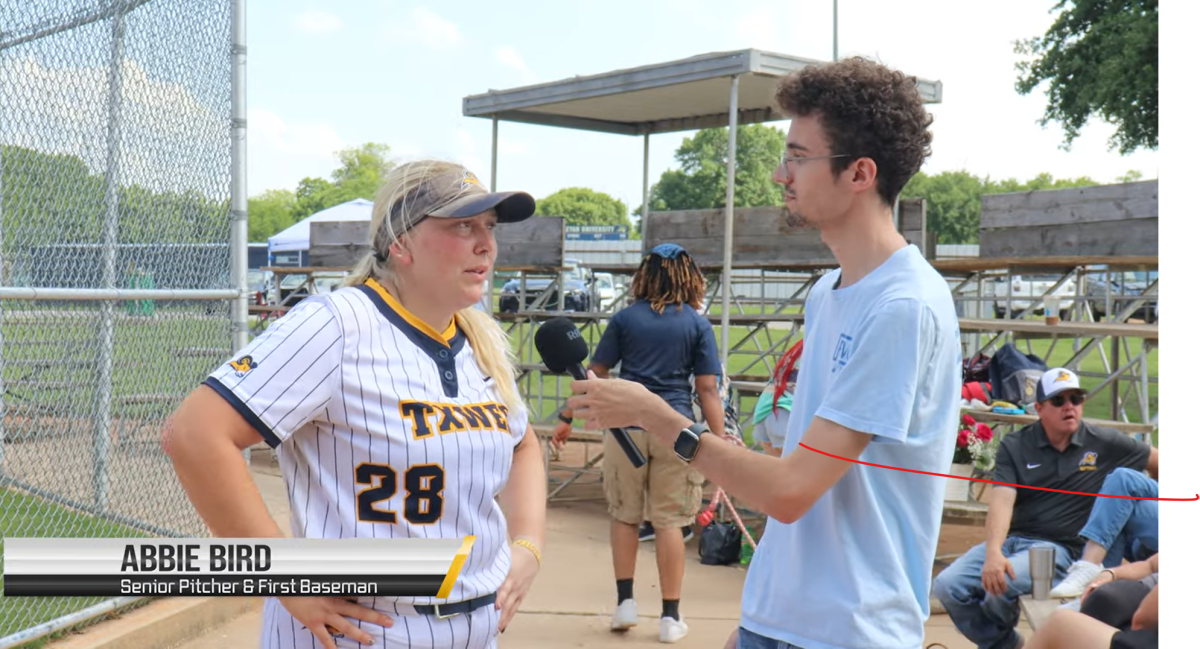
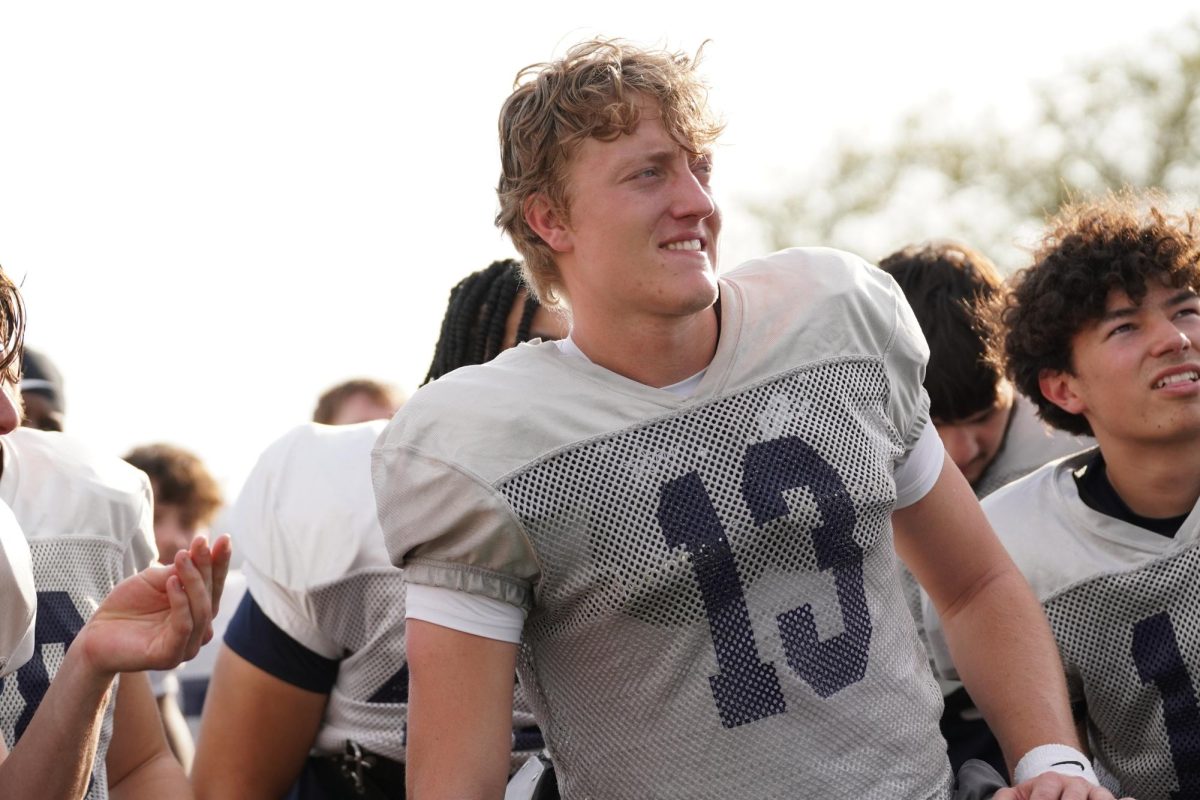

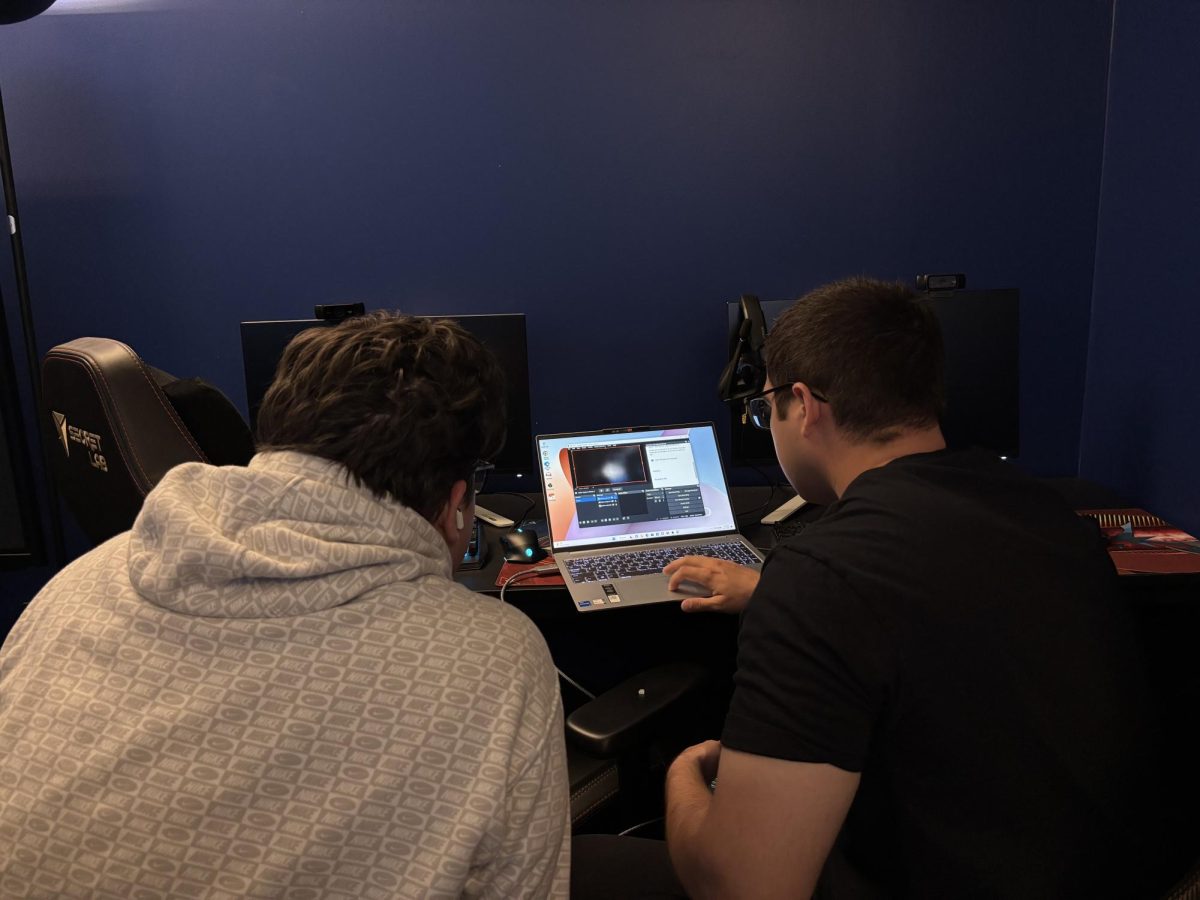
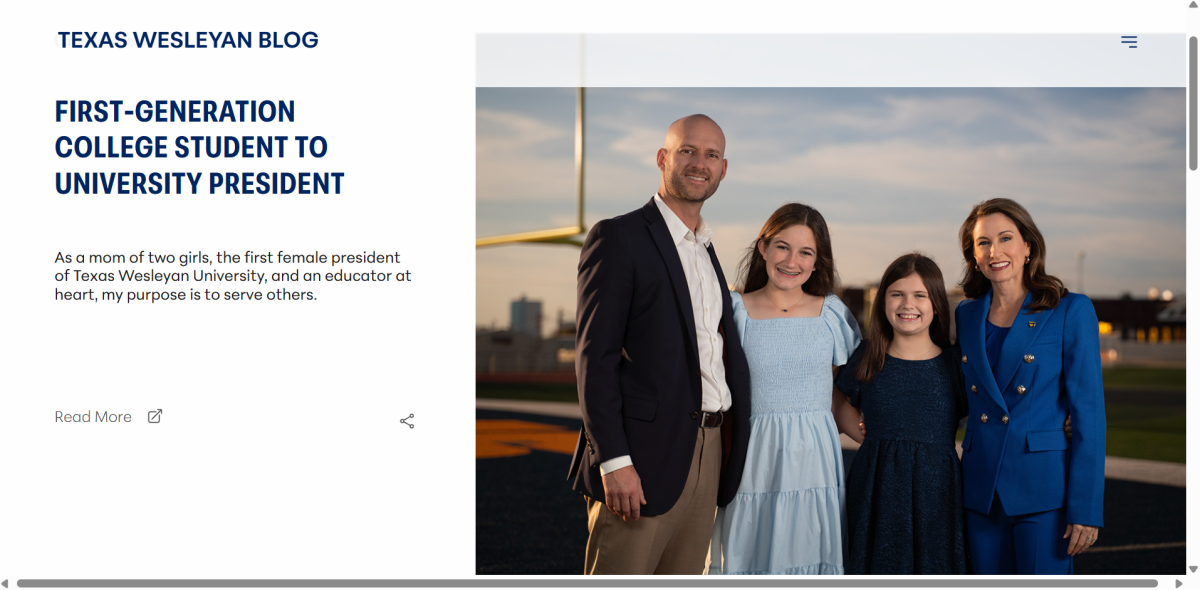
![Hunter Heart (center), the play's lead, rehearses a scene alongside other student actors. [Photo courtesy Jacob Sanchez]](https://therambler.org/wp-content/uploads/2025/04/thumbnail_IMG_8412-1200x816.jpg)
![Student actors rehearse for Pippin, Theatre Wesleyan's upcoming musical. [Photo courtesy Jacob Rivera-Sanchez]](https://therambler.org/wp-content/uploads/2025/04/Pippin-Preview-1200x739.jpg)
![[Photo courtesy Brooklyn Rowe]](https://therambler.org/wp-content/uploads/2025/05/CMYK_Shaiza_4227-1080x1200.jpg)
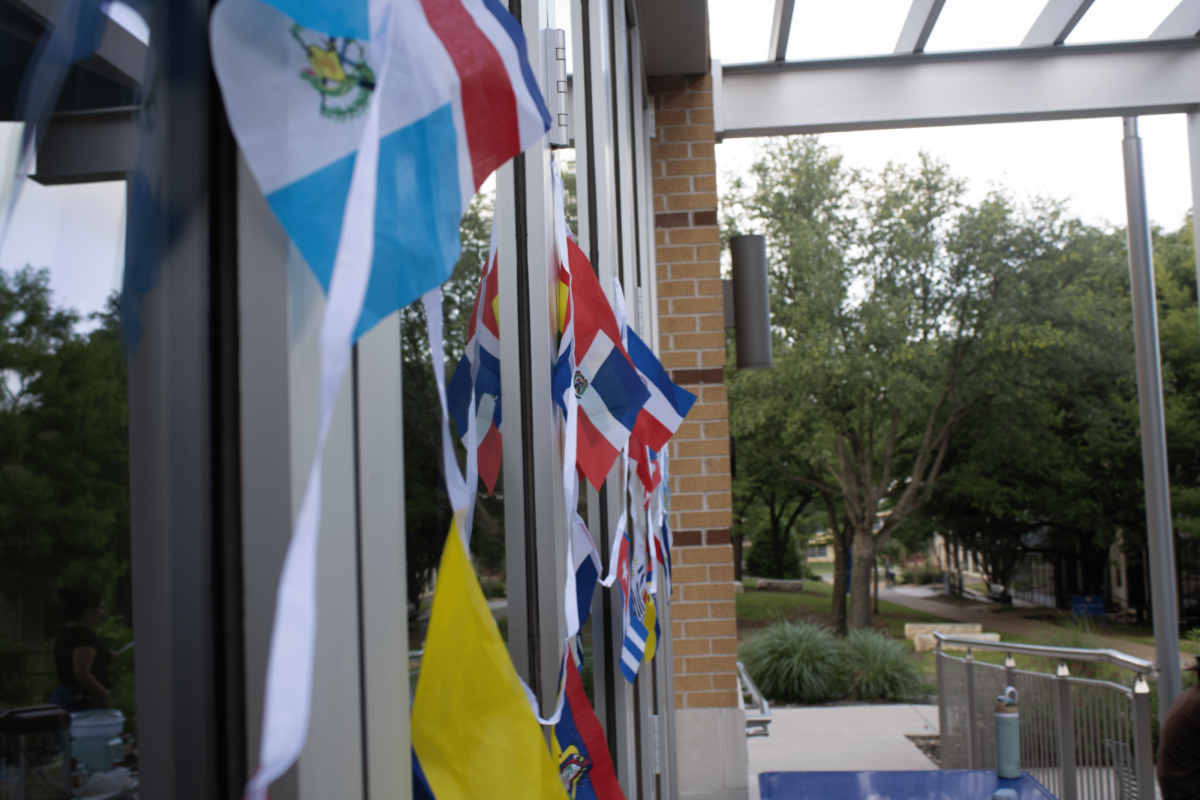
![Lady Rams softball wraps up weekend against Nelson Lions with a victory [6 – 1]](https://therambler.org/wp-content/uploads/2025/04/Screenshot-2025-04-04-100924-1200x647.png)
